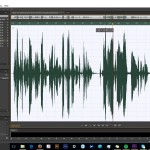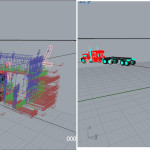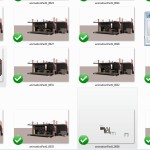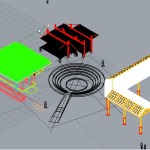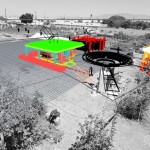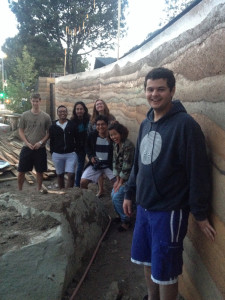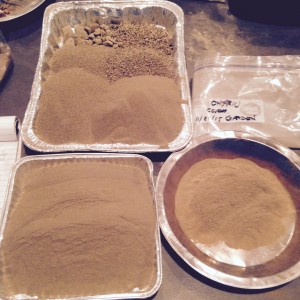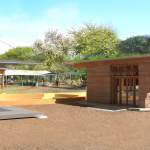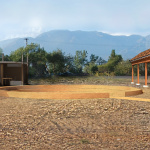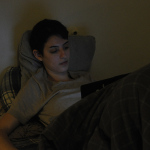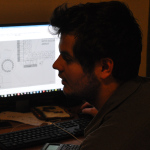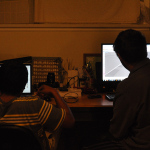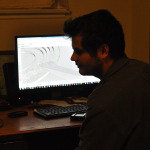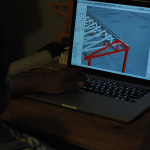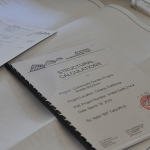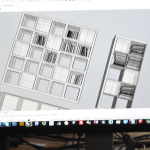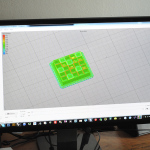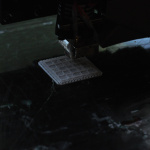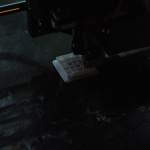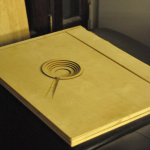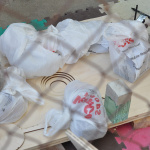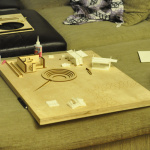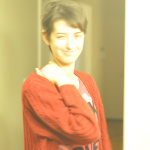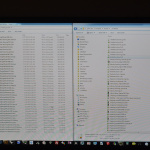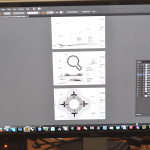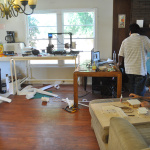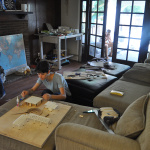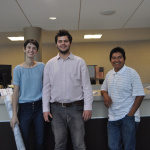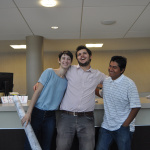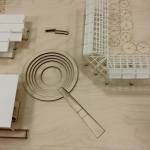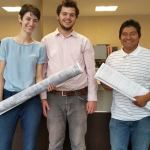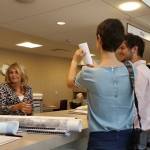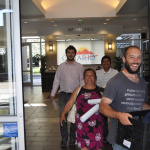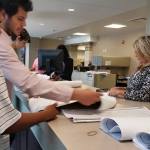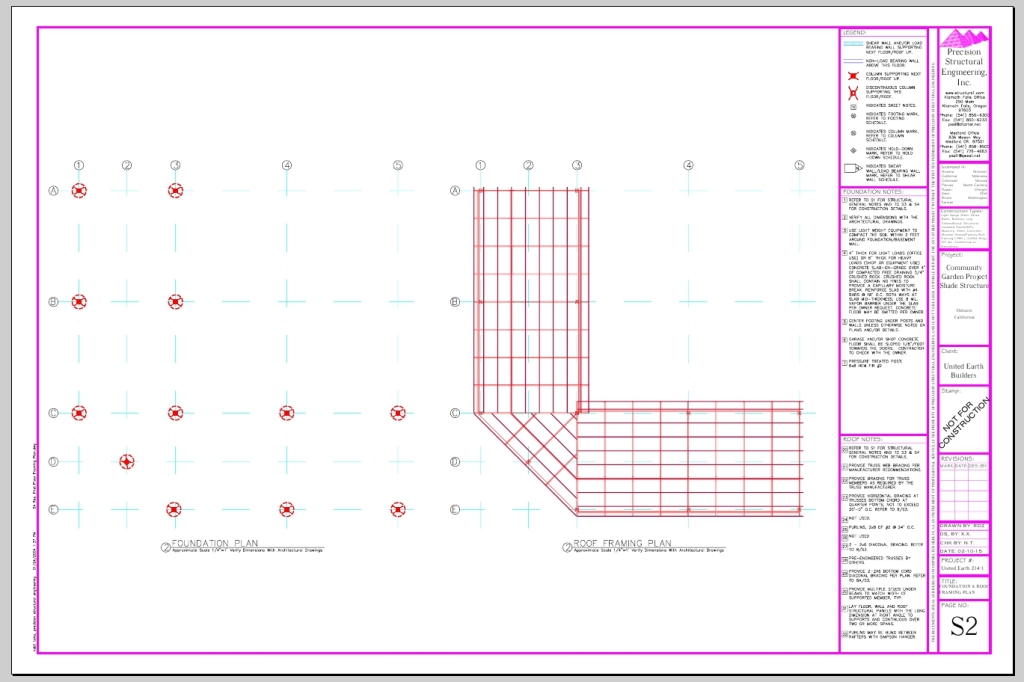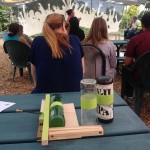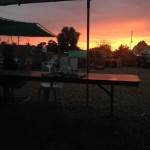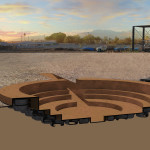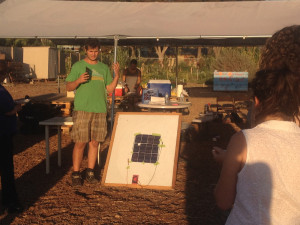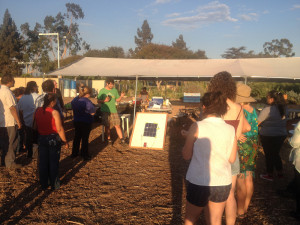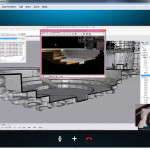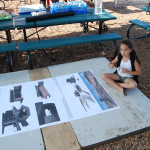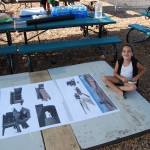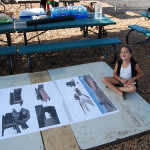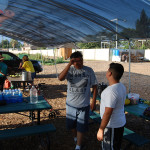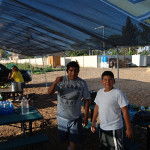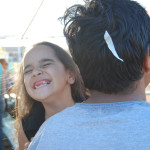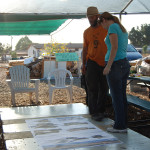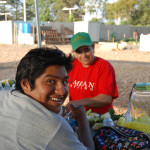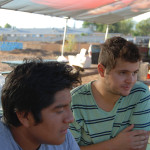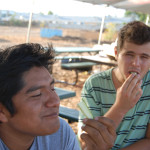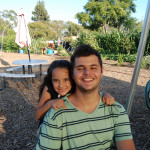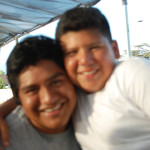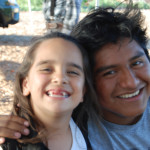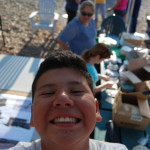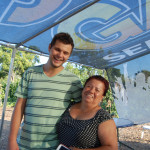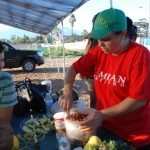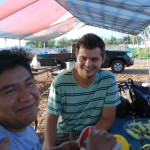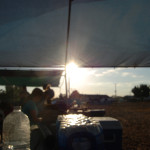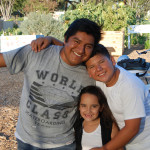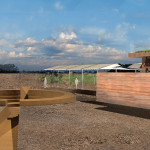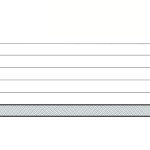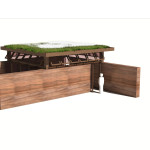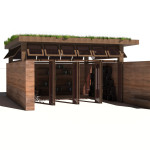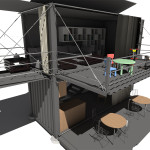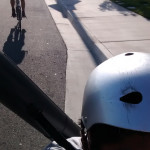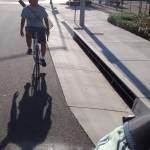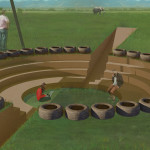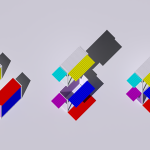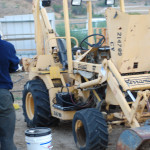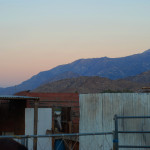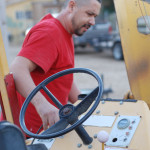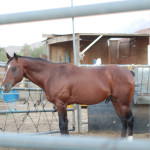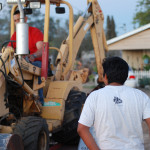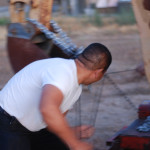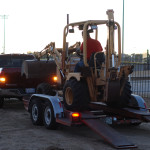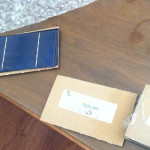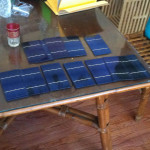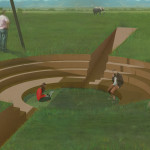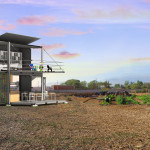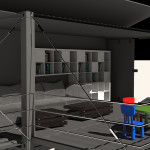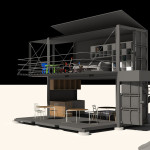This is a post about researching DIY solar panels from second-grade solar cells and the requirements and costs of building a system to power an average home. Our hope is that this research will enable us to eventually construct an off-the grid solar array for the community garden.
All members of this team live in the same house; it is a house in Pomona with 4 bedrooms. Having said that, we do our best to minimize energy consumption such as not keeping the lights on when possible, and using only one CFL bulb per chandelier. We do, however, use a refrigerator which is old, we run the dishwasher as well as the laundry machine. I have a powerful computer with a large display, and everyone else at the house uses laptops. We do not run the air conditioning. Our energy comes out to 459kwh and roughly $80 for the month of July.
-
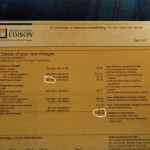
-
our monthly bill
When I first started dabbling in this, I had a hard time digesting the difference between watts, watt-hours and only a rough idea of what volts and amps were. Let’s jump to the completed solar panels to understand amps and volts first, which will then bring us a better understanding of watts, watt-hours, and energy in general.
The old analogy that people use when explaining electricity is to imagine water spinning a large wheel. Sort of like the image on the right. The wheel requires a certain amount of power for it to move, and the power in this situation is supplied by water. One can increase the power with which the water hits the wheel in two ways; one can just spill a lot of water onto the wheel, or one could hook up a garden hose with a lot of pressure to spin the wheel.  Although the garden hose would use less water, because of the pressure which propels the water to hit the wheel harder, it would have a similar effect as a large bucket of water spilled onto the wheel at no pressure at all.
Although the garden hose would use less water, because of the pressure which propels the water to hit the wheel harder, it would have a similar effect as a large bucket of water spilled onto the wheel at no pressure at all.
Electricity works in a similar way. Volts are a measurement of pressure, or the strength of the current, while amps (amperes) are the measurement of the flow of the current, or the amount of water which is being spilled on the wheel. More specifically, volts are a measurement of electric potential energy between the plus and the minus. Amperage on the other hand, is literally the measurement of the amount of electrons passing through the wire. To recap– volts are the strength or the energy of the electricity, while amps are how much electricity is passing through. Watts are simply the power and can be figured out by multiplying the ampers by the volts. It makes sense — you can get the same amount of power by using a lot of electrons with little energy, or you could use a few electrons with a lot of energy. This is exactly like the water analogy– you can get the wheel to spin at the same speed by using a lot of water with little pressure, or a little water but under very high pressure.
The way this analogy is different, however, is that electric companies only care about the amount of power you use, the watts, not how many amperes vs volts you are using, because in US homes, the voltage remains a constant 120v. And with electricity, you basically won’t use more resources if you were to use a lot of electricity (current) at a low voltage, as you would if you used a lot of water with no pressure.
Back to the solar panels though. Here is a picture of a solar panel we put together at two different times of the day, at noon and at 6pm.
-
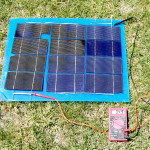
-
noon – 3.49 amps
-
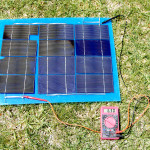
-
noon – 6.30 volts
-
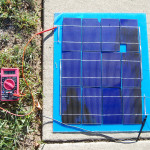
-
6pm – 6.40 volts
-
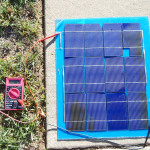
-
6pm – 1.05 amps
At noon, the solar panel produced 3.49Amps at 6.30Volts and at 6pm, the same solar panel produced 1.05Amps at 6.40Volts. So since power, or watts, is volts times amps, during noon, the panel was making 22Watts and at 6pm, since the sun was setting, it was only making 6.72 watts. Let’s say that the sun is up for 10 hours and take the average of what the solar panel produces, 14.36watts. Since the solar panel produces 14.36Watts for 10 hours, this means that it produces roughly 140Watt-hours, or .14kWh a day.
Knowing that during one month we used 459kWh or kilo-watt-hours, we know that in an average day, we use 15.3kWh. 15.3kWh divided by .14kWh (what our panel produces) gives us 109. This means that we will need 109 solar panels like the one we built to continuously power our house. You might wonder, what is that in terms of money?
For constructing this solar panel, we used class B solar cells. Class A cells are perfect–there is nothing wrong with them. Class B cells have slight things wrong with them, such as the wrong thickness at times, some of them are a little bit chipped off on the ends etc. The broken cells you see in our solar panel are our fault as they got broken in the process of putting the panel together. Class B cells are pretty much near perfect, but aren’t fit for use in the company. They do, however, produce the same amount of voltage and current, maybe only a tiny bit less. Class C cells are mostly whole cells with significant parts missing while class D cells are just pieces. I was able to purchase 4 packs of B cells at 43 a pack, or 172 cells, for 65 dollars on amazon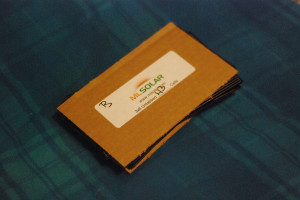 . This comes out to 37 cents a cell. Since we are going to be needing 109 solar panels at 12 cells each to just barely cover the needs of the house, this means that we need 1308 solar cells in total. At 37 cents a cell, 1308 of these cells will come out to be $480 dollars in solar cells alone to run the house. This is provided you do the labor yourself and the price of wire, time, enclosing materials, batteries, inverters, and other electronics is not included. But for 1,500 dollars, you can definitely make a solar system (everything included) that can power a medium-size house, with 4 inhabitants for a very long time! A company would charge more than $15,000 for a solar panel system that produced the same 15kWh a day.
. This comes out to 37 cents a cell. Since we are going to be needing 109 solar panels at 12 cells each to just barely cover the needs of the house, this means that we need 1308 solar cells in total. At 37 cents a cell, 1308 of these cells will come out to be $480 dollars in solar cells alone to run the house. This is provided you do the labor yourself and the price of wire, time, enclosing materials, batteries, inverters, and other electronics is not included. But for 1,500 dollars, you can definitely make a solar system (everything included) that can power a medium-size house, with 4 inhabitants for a very long time! A company would charge more than $15,000 for a solar panel system that produced the same 15kWh a day.
You might wonder what the environmental impacts of solar energy are. It is true that it takes energy to manufacture the cells, but it is common sense that this is better than burning gas or coal straight up in order to heat water which spins a generator to make electricity. In addition, solar power can make an off-grid electric-powered home possible. This is beneficial in that people using such a house understand exactly how much energy they are using, making resource-use much more personal, pushing people to conserve energy.
Here is a quote from the Union of Concerned Scientists on the comparison between gas, coal, and solar energy:
“While there are no global warming emissions associated with generating electricity from solar energy, there are emissions associated with other stages of the solar life-cycle, including manufacturing, materials transportation, installation, maintenance, and decommissioning and dismantlement. Most estimates of life-cycle emissions for photovoltaic systems are between 0.07 and 0.18 pounds of carbon dioxide equivalent per kilowatt-hour. Most estimates for concentrating solar power range from 0.08 to 0.2 pounds of carbon dioxide equivalent per kilowatt-hour. In both cases, this is far less than the lifecycle emission rates for natural gas (0.6-2 lbs of CO2E/kWh) and coal (1.4-3.6 lbs of CO2E/kWh).”
We will be explaining how to hook up and connect solar panels in a future post.
